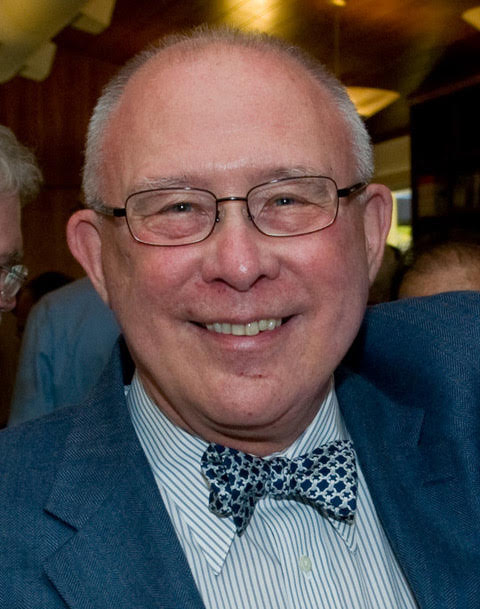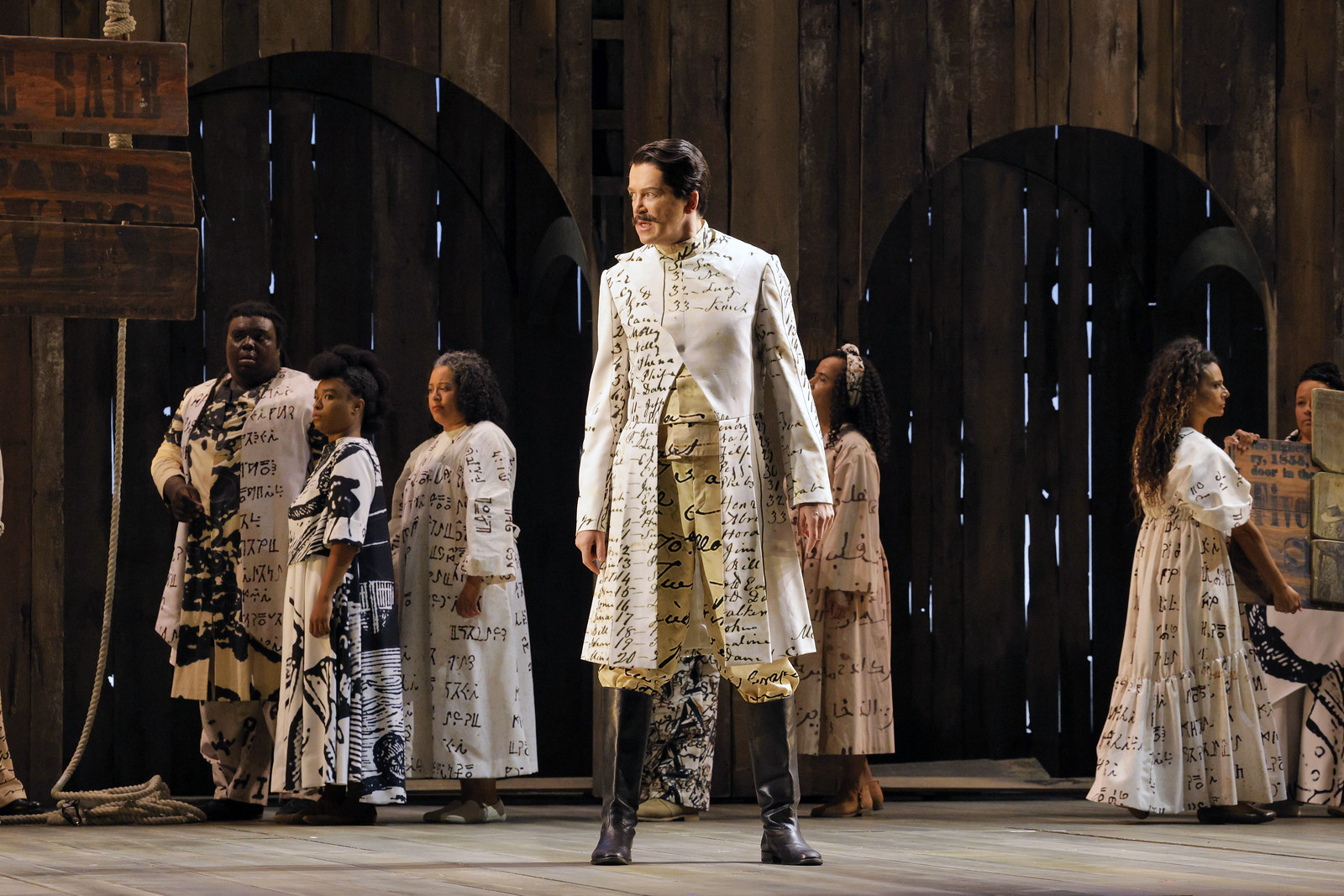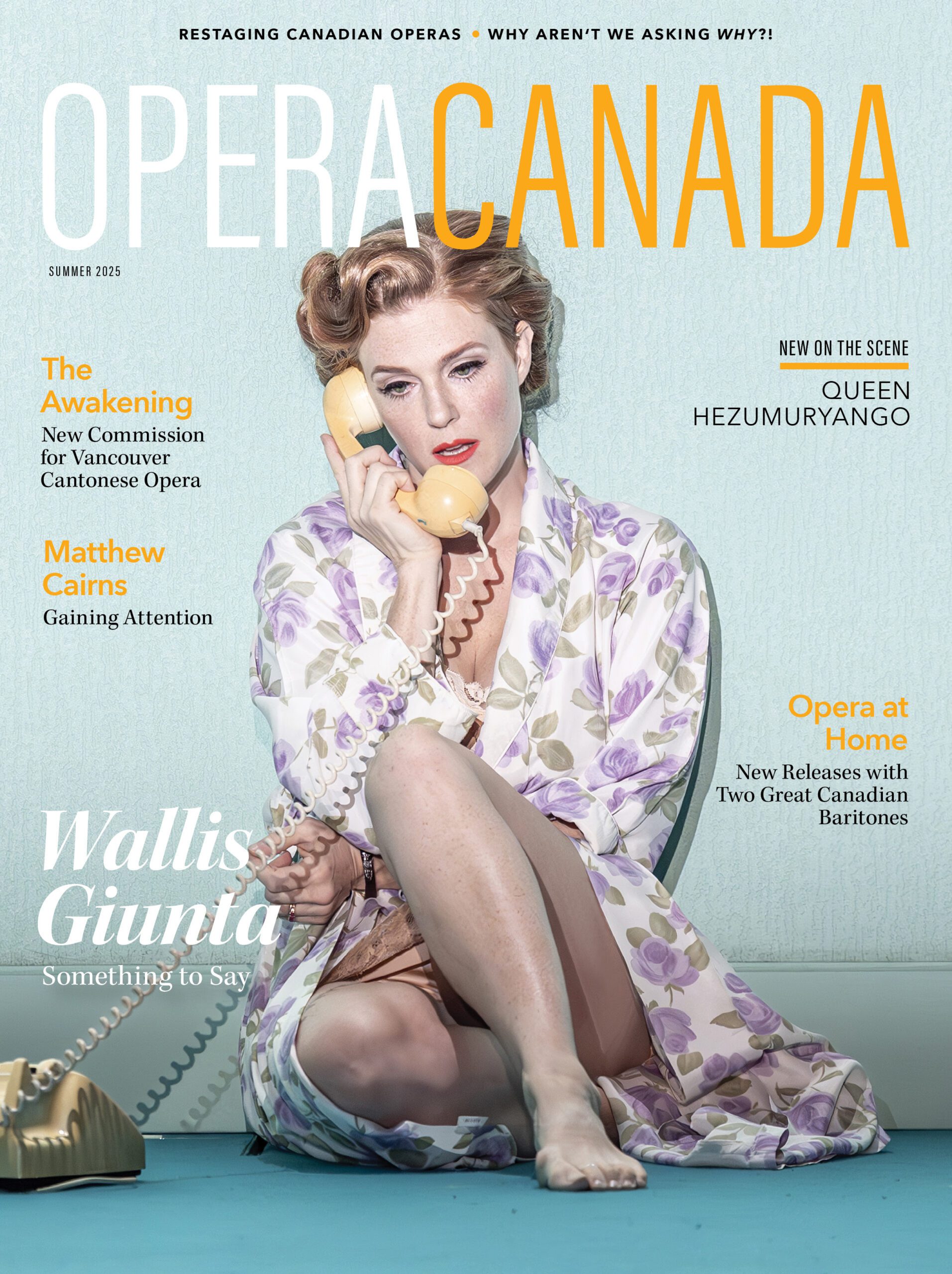Omar ibn Said was a rich Senegalese man and devoted Muslim scholar, learned in the Qur’an and several disciplines. In 1807, he was seized in Futa Toro, transported via the slave trade’s horrible “middle passage” to Charleston, S.C. and sold to a cruel master. In 1831, he inscribed a brief (skeletal) autobiography in elegant Arabic script, and thus became the only United States slave known to have written his life in that language. He died in 1864 at age 93 or 94, still enslaved.
The opera Omar by Rhiannon Giddens and Michael Abels tells a fictional version of Omar’s slender narrative, embroidering its chief moments with incident, reflection, extended recitative, an eclectic musical setting, and, in the San Francisco Opera production (November 5-21, 2023 | tickets here), inventive decor and costumes. A spontaneous standing ovation greeted its opening here.
The vocal line, sketched out by Giddens, a renowned, award-winning author and performer of folk songs, carries a heavy burden of recitative, especially in the slow moving, expository first act. She wrote the libretto and invented the melodies. Abels, an experienced composer, then completed the score, which is written for conventional orchestra in a tonal idiom. Several kinds of African drums enrich the soundscape under the leadership of percussionist Victor Avdienko, himself a collector of such drums.
Abel declares that the score embraces music from the Senegalese to the Muslim, “to spirituals, bluegrass, Protestant hymns, Gershwin, and even a touch of Wagner.” And he might have mentioned: sinuous orientalism reminiscent of nineteenth-century French opera or Rimsky-Korsakov. Much of the life of the work springs from orchestra’s varied rhythms and colors, which jump from the pit under the vigorous baton of John Kennedy, enveloping and explaining lines too often cluttered with archaic syntax and ponderous rhymes. Seldom does the music break into anything like the rousing spiritual in act one, the jovial hoedown in act two, or the lyric outpourings of Eliza, daughter of the slave owner Owen, and Julie, Omar’s fellow slave and guiding spirit. Gershwin does hover, but too little of his melodic spirit.
Jamez McCorkle, who created Omar at the Spoleto Festival USA, led the remarkably fine cast. He dominated the stage, as his strong, accurate tenor did the music. Omar’s religious fervor could be hard to communicate to a large modern audience, but McCorkle projected deep dyed emotional conviction. Whether Omar converted to Christianity, as his owner Owen wished, or merely attended services remains in doubt. His texts strongly indicate profound devotion to the Qur’an, even though he did translate Psalm 23, and a touching scene in the opera shows his view of it through his enslaved Muslim lens. Here, and in musically striking scenes of joint prayer, the opera strives—sentimentally in my opinion—toward an ecumenism hardly evident in the world surrounding us today.
Canadian Daniel Okulitch took the double role of the evil slave owner Johnson and the good, upstanding Christian master Owen. His tall, slender, blond appearance and light hued clothing underlined his difference from the surrounding human slave properties. His rich bass-baritone allowed him to make the most of the stiff words and music offered his characters. The fresh high tenor Barry Banks sings both Owen’s religious compatriot Taylor–who sees prestige in converting Omar and approves Owen’s gift of the Christian Bible in Arabic–and also, his striking voice rising above chaos, the memorable slave auctioneer.
Taylor Raven took the major role of Fatima, Omar’s mother, who is killed early in the action, yet remains much present as a guiding spirit. A large stage presence accompanies her potent mezzo-soprano high notes, especially when she towers above all in a flowing sixteen-foot skirt. She remains authoritative even when her middle and lower registers fade near inaudibility.
Two young women stand out. Laura Krumm appears briefly but memorably as Owen’s young daughter, whose charming aria persuades Owen to purchase Omar. Brittany Renee’s Julie is a splendid force throughout, first urging Omar to flee the bad Johnson, then returning herself to Owen’s plantation, and, in a moving scene, telling her family story and bestowing her father’s Kufi (skull cap) on Omar.
Visually, writing dominates every surface of the settings, projections, and costumes. We are immersed to drowning in Omar’s enlarged Arabic script but also in African languages, in newspaper print and letters of every kind. We are offered a feast of color, with beautiful scenery accomplished through simple means. A mammoth tree that rises to fill the stage is, for instance, made of heavy rope cords and floats magically. Scrims abound as surfaces for Joshua Higgason’s mobile projections on designs and settings by Christopher Myers and Amy Rubin. Costumers April M. Hickman and Micheline Russell-Brown literally have covered every costume with enlarged writing (a few have images). Director Kaneza Schaal shapes the action into convincing currents. The synergy of scripts on scenery, costumes and flowing projections is phantasmatic. Much of the success of this Omar is owing to such a striking and beautiful production.
Such colorful success does come at price. The action largely effaces the stark, brutal reality of plantation life. We do not see field slaves. The rich costumes remain largely spotless. Omar in fact worked for a period in the fields before becoming a house slave. This we do not witness. He always appears in richly layered robes, with never a mud-stained hem. This opera depicts both religion and slavery with a sentimentality that is more appealing than truthful.
Related Content ↘
Opera Canada depends on the generous contributions of its supporters to bring readers outstanding, in-depth coverage of opera in Canada and beyond. Please consider subscribing or donating today.

John Bender is Professor of English and Comparative Literature, Emeritus at Stanford; former director of the Stanford Humanities Center; and author or editor of nine books, including more recently The Culture of Diagram (with Michael Marrinan) and Ends of Enlightenment. He has reviewed for Opera Canada in San Francisco since 1975.









